Home>Ideas and Tips>Home Theater Room Light Control: Optimize Viewing Experience
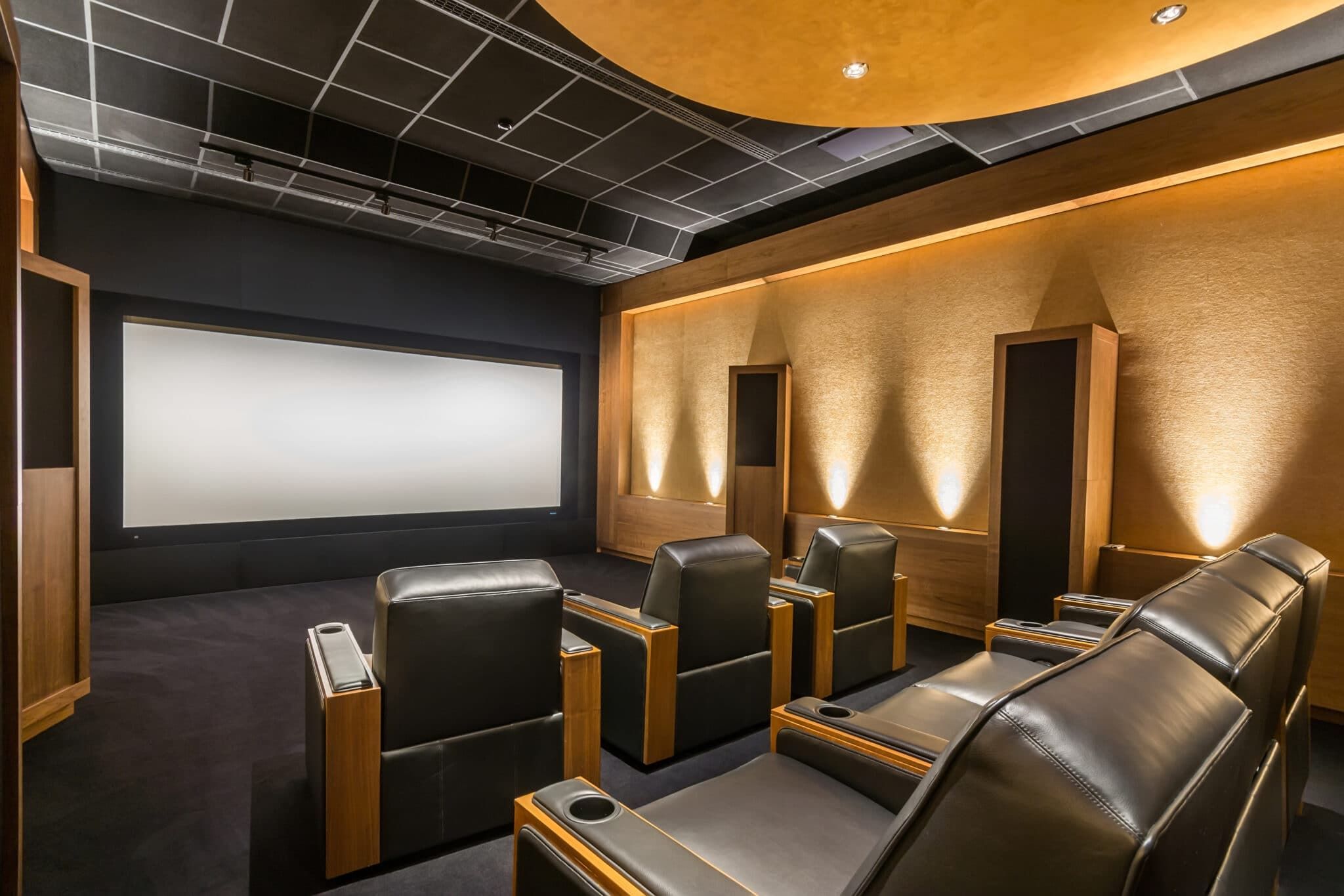

Ideas and Tips
Home Theater Room Light Control: Optimize Viewing Experience
Published: September 2, 2024
Optimize your home theater lighting for the best viewing experience. Learn about types, smart solutions, and DIY tips to enhance your movie nights.
(Many of the links in this article redirect to a specific reviewed product. Your purchase of these products through affiliate links helps to generate commission for Storables.com, at no extra cost. Learn more)
Creating a home theater room is an exciting project that requires careful planning and attention to detail. One of the key elements in enhancing the overall viewing experience is effective light control. Proper lighting can significantly impact the ambiance and visual quality of your home theater, making it essential to understand how to optimize lighting for optimal viewing.
Lighting in a home theater room serves multiple purposes. It not only enhances the aesthetic appeal of the space but also plays a crucial role in creating an immersive viewing experience. Here are some reasons why light control is vital:
-
Ambiance: The right lighting can set the mood for your movie nights. Dim, warm lighting can create a cozy and intimate atmosphere, while brighter lights can make the space feel more energetic and vibrant.
-
Visual Clarity: Proper lighting ensures that the screen is clearly visible without any glare or reflections. This is particularly important for high-definition displays where even slight imperfections can detract from the viewing experience.
-
Comfort: Overly bright or dim lighting can be uncomfortable for viewers. Optimal lighting ensures that everyone in the room feels comfortable and can focus on the screen without distraction.
When it comes to lighting in a home theater room, there are several types you might consider:
-
General Lighting: This type of lighting provides overall illumination to the room and is typically used during the day or when you're not watching movies. General lighting fixtures such as ceiling lights or floor lamps can be used for this purpose.
-
Task Lighting: Task lighting is designed to illuminate specific areas where you need more light, such as reading or working. In a home theater setting, task lighting might be used to highlight certain features like a console table or a snack bar.
-
Accent Lighting: Accent lighting adds a decorative touch to your space by highlighting specific elements like artwork, architectural features, or decorative objects. This type of lighting can enhance the aesthetic appeal of your home theater room.
-
Dimmable Lighting: Dimmable lighting allows you to adjust the brightness of your lights according to your needs. This is particularly useful in a home theater setting where you might want to dim the lights during a movie but still have some ambient light available.
-
Color Temperature: The color temperature of your lights affects how they make you feel. Warm white lights (2700K-3000K) create a cozy and relaxing atmosphere, while cool white lights (3500K-5000K) are brighter and more energizing.
Designing an effective lighting system involves several steps:
-
Assess Your Space: Before you start designing your lighting system, take some time to assess your space. Consider the size of the room, the layout of furniture, and any architectural features that might affect how light behaves in the space.
-
Determine Your Needs: Think about how you plan to use your home theater room. If it's primarily for movie nights, you'll want to focus on creating an immersive environment with minimal distractions.
-
Choose Your Fixtures: Select lighting fixtures that fit your needs and budget. Consider factors like energy efficiency, durability, and ease of use.
-
Plan for Dimming: If you want to be able to adjust the brightness of your lights easily, consider installing dimmable switches or using smart lighting systems that can be controlled via an app.
-
Layered Lighting: Use layered lighting to create different moods and effects within your space. For example, you might use general lighting during the day and switch to accent lighting at night.
Smart lighting solutions have revolutionized home lighting by offering a high degree of customization and control. Here are some benefits of using smart lighting in your home theater:
-
Remote Control: Smart lighting systems often come with remote controls or apps that allow you to adjust the brightness and color temperature of your lights from anywhere in the room or even remotely.
-
Scheduling: Many smart lighting systems allow you to schedule lighting scenes based on your daily routine or specific events like movie nights.
-
Energy Efficiency: Smart lighting systems often include features like automatic shut-off or energy-saving modes that help reduce energy consumption when not in use.
-
Integration with Other Devices: Smart lighting can be integrated with other smart devices like thermostats or security systems to create a seamless home automation experience.
Several brands offer high-quality smart lighting solutions that are perfect for home theaters:
-
Philips Hue: Known for its wide range of color options and seamless integration with other smart devices, Philips Hue is a popular choice among homeowners.
-
LIFX: LIFX offers a variety of smart bulbs that are easy to install and control via an app. They also support voice control through platforms like Amazon Alexa.
-
Belkin Wemo: Belkin's Wemo smart lighting system allows you to control your lights remotely and schedule lighting scenes based on your needs.
If you're on a budget or prefer a more hands-on approach, consider taking on some DIY lighting projects:
-
Upcycling Old Fixtures: Instead of buying new fixtures, consider upcycling old ones by repainting them or adding new shades.
-
String Lights: String lights can add a cozy ambiance to your home theater without breaking the bank.
-
LED Tape Lights: LED tape lights are flexible and can be easily installed under furniture or along baseboards to create a modern look.
Here are some tips to help you optimize your lighting for an enhanced viewing experience:
-
Avoid Glare: Make sure that your lighting does not create glare on the screen. Use table lamps or floor lamps with shades to direct light downwards rather than upwards.
-
Use Dimmers: Dimmers allow you to adjust the brightness of your lights according to your needs. This is particularly useful during movie nights when you might want to dim the lights but still have some ambient light available.
-
Consider Color Temperature: Warm white lights create a cozy atmosphere while cool white lights are brighter and more energizing. Choose colors that fit the mood you want to create in your home theater room.
-
Layered Lighting: Use layered lighting to create different moods and effects within your space. For example, you might use general lighting during the day and switch to accent lighting at night.
-
Experiment with Different Settings: Don’t be afraid to experiment with different lighting settings until you find what works best for you and your family.
Optimizing your lighting is crucial for creating an immersive viewing experience in your home theater room. By understanding the different types of lighting available, designing an effective lighting system, using smart lighting solutions, and following some practical tips, you can enhance both the aesthetic appeal and functionality of your space. Whether you're looking to create a cozy ambiance or ensure clear visual clarity on your screen, proper lighting control is essential for making every movie night special.
Was this page helpful?
At Storables.com, we guarantee accurate and reliable information. Our content, validated by Expert Board Contributors, is crafted following stringent Editorial Policies. We're committed to providing you with well-researched, expert-backed insights for all your informational needs.
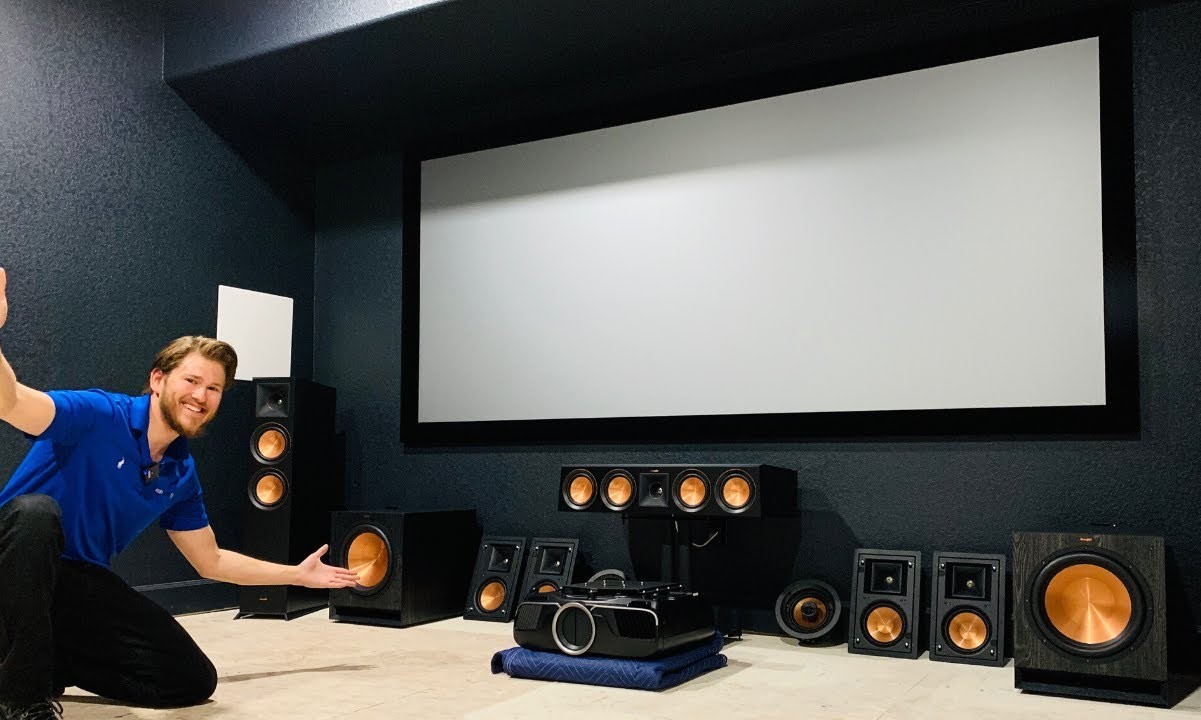
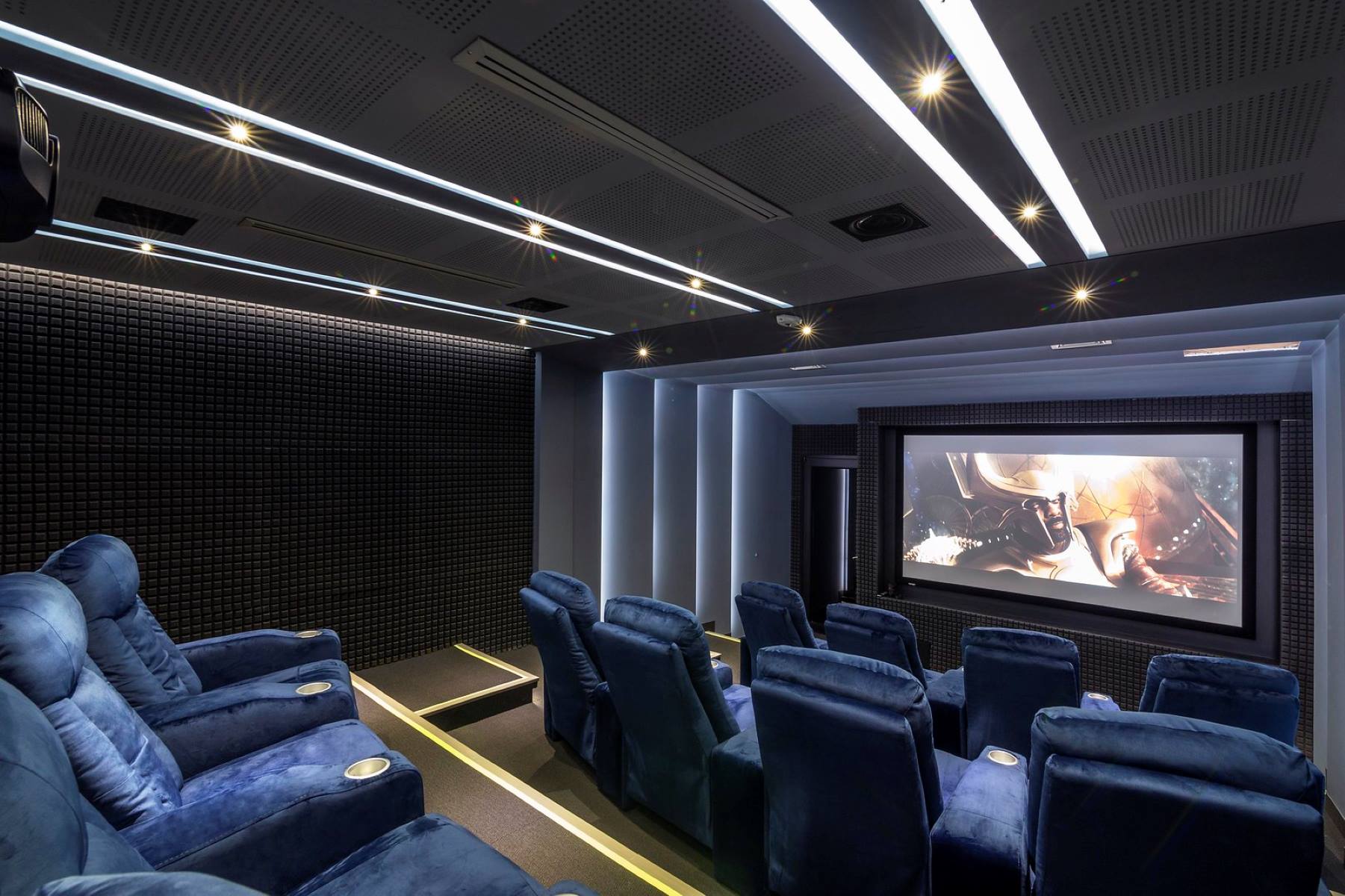
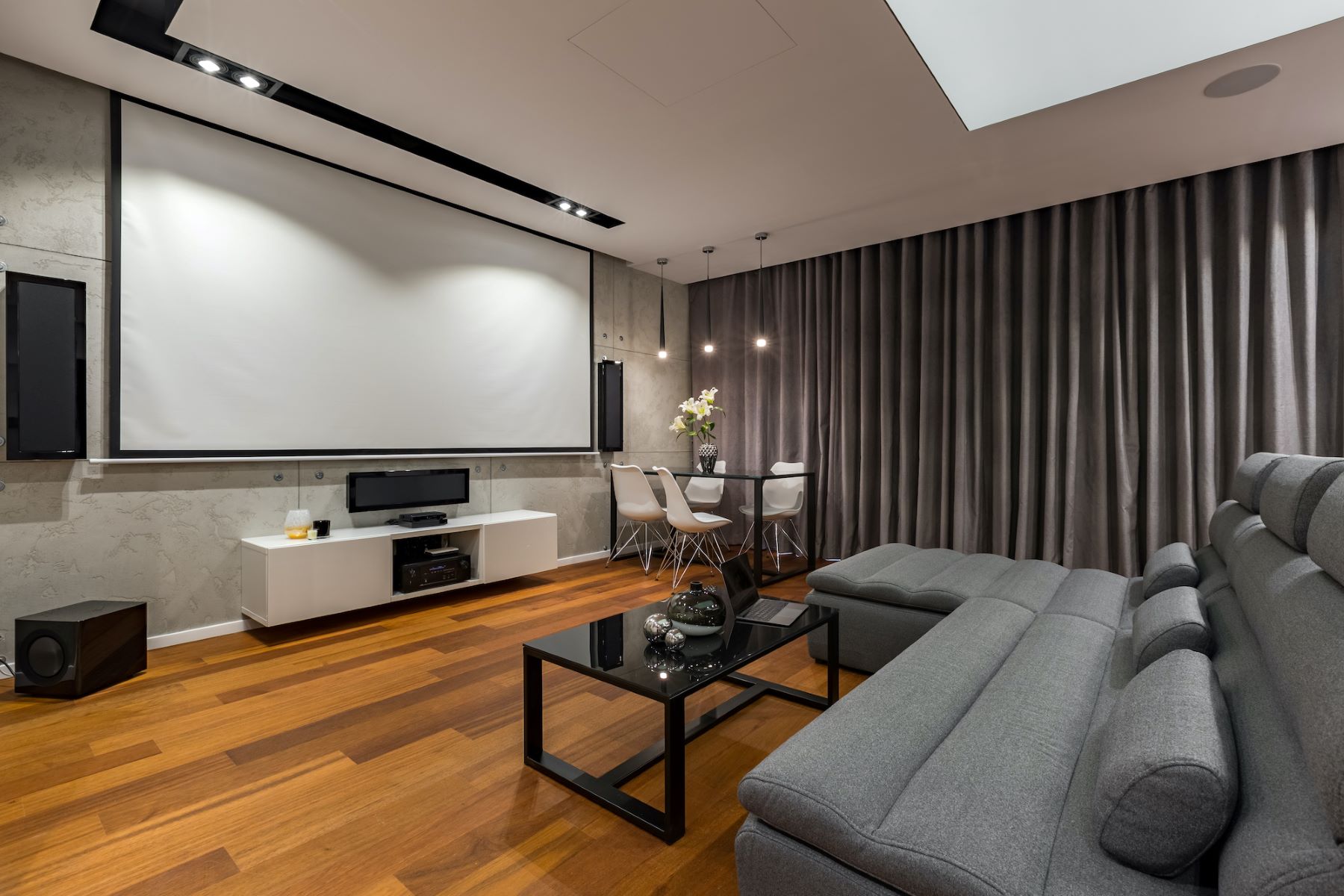
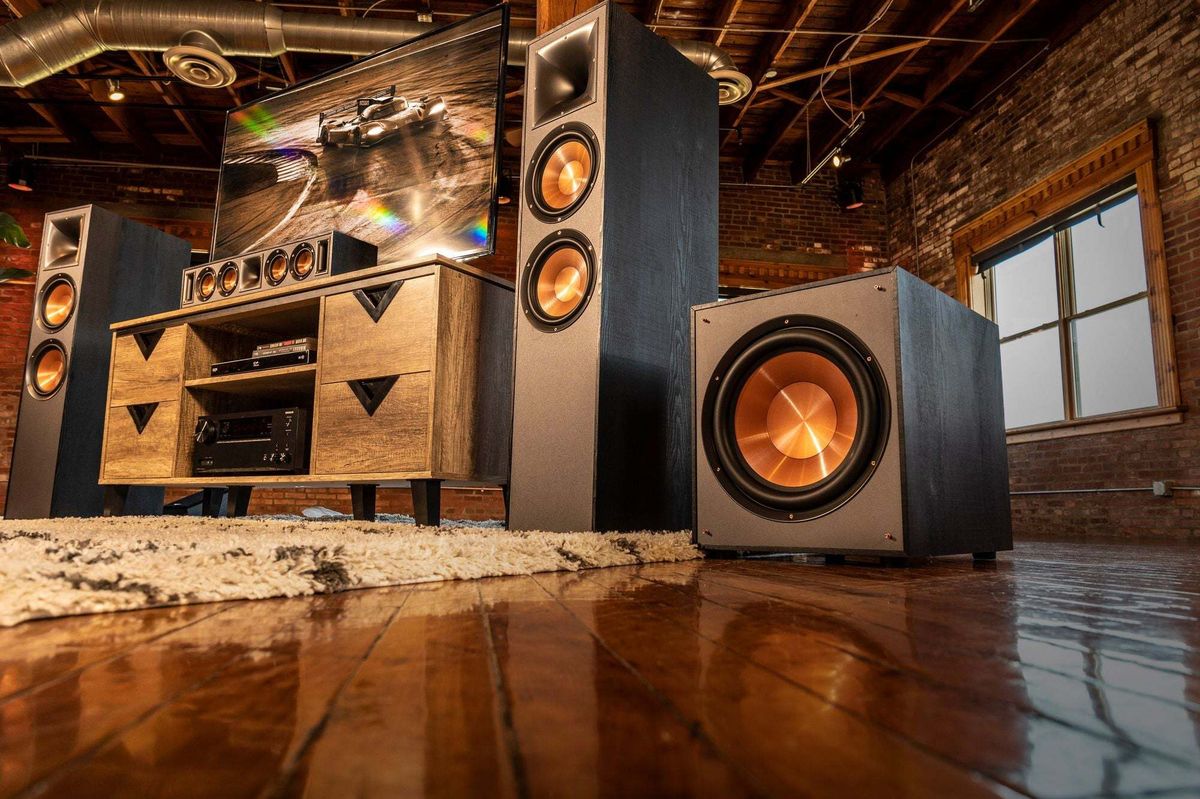
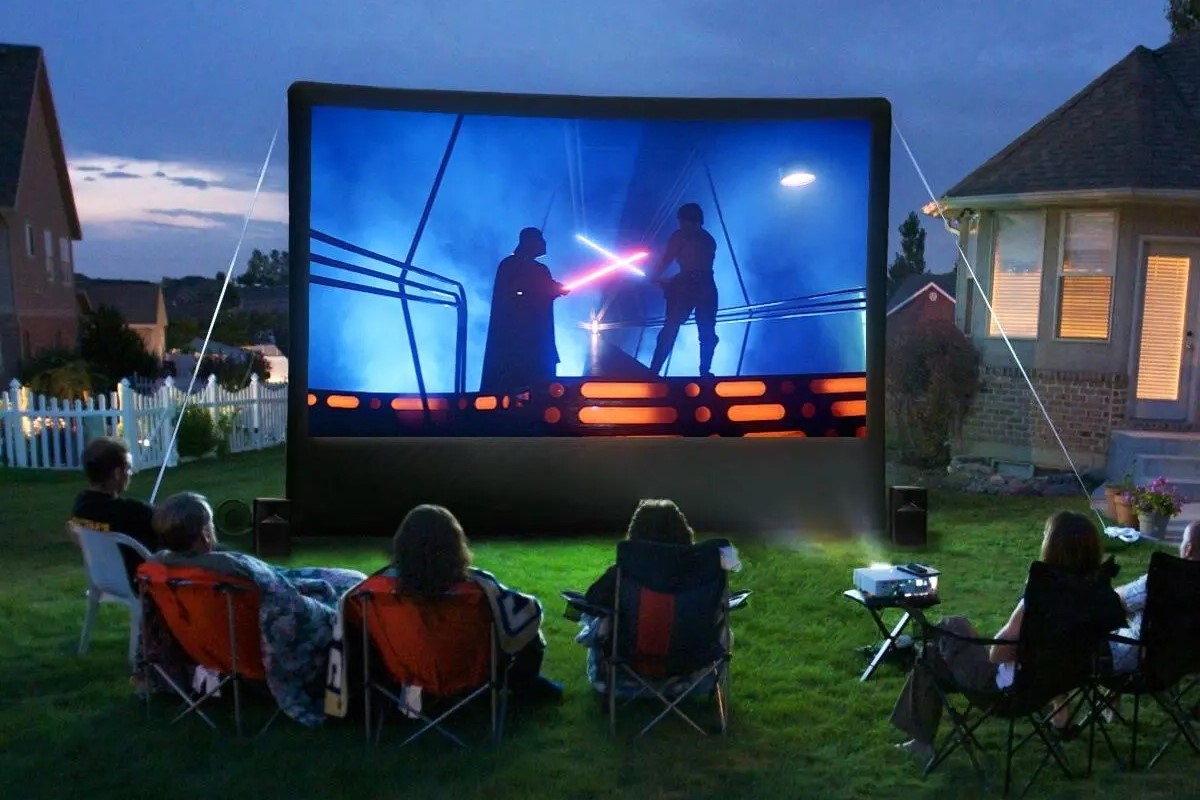
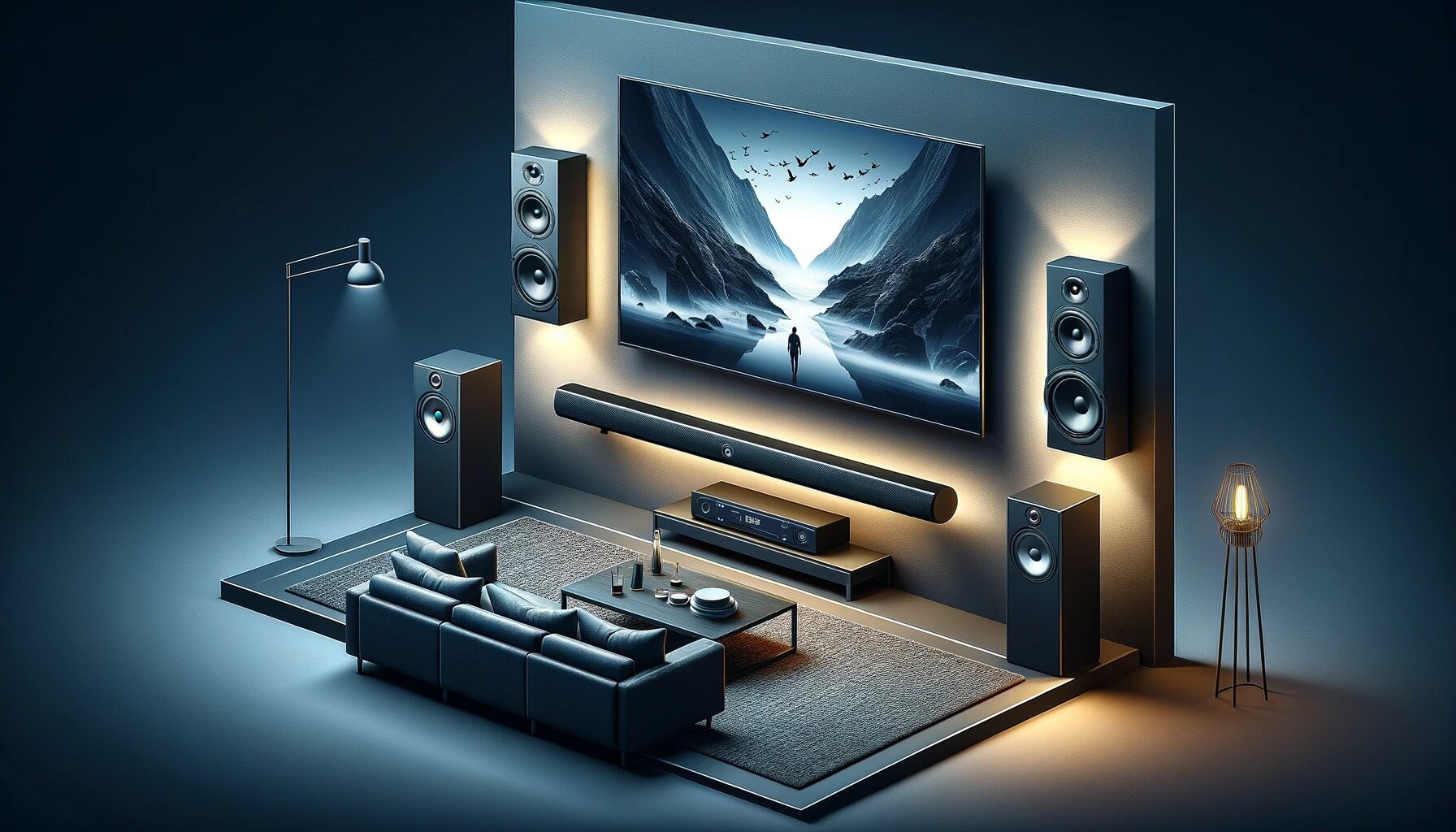
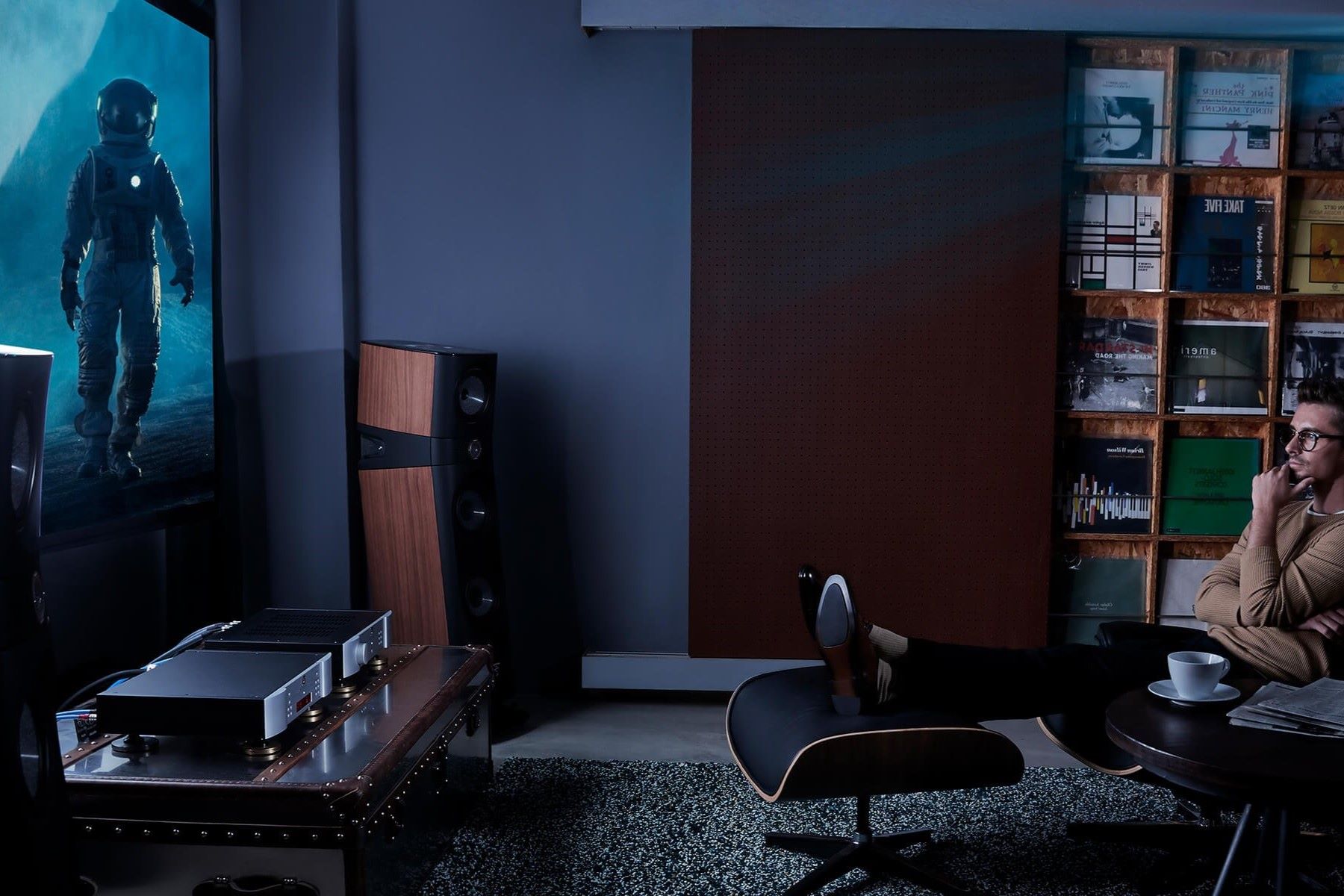
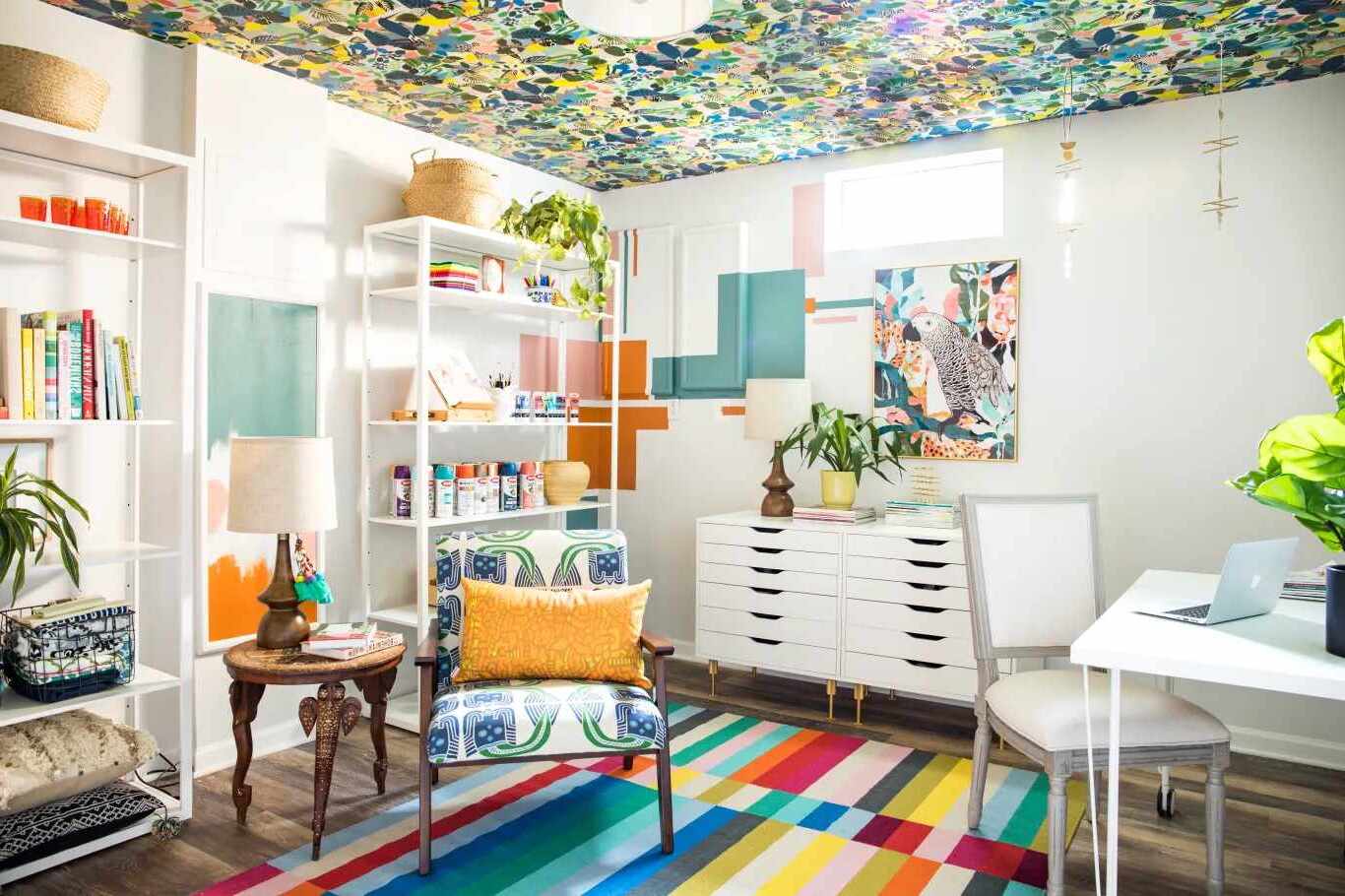
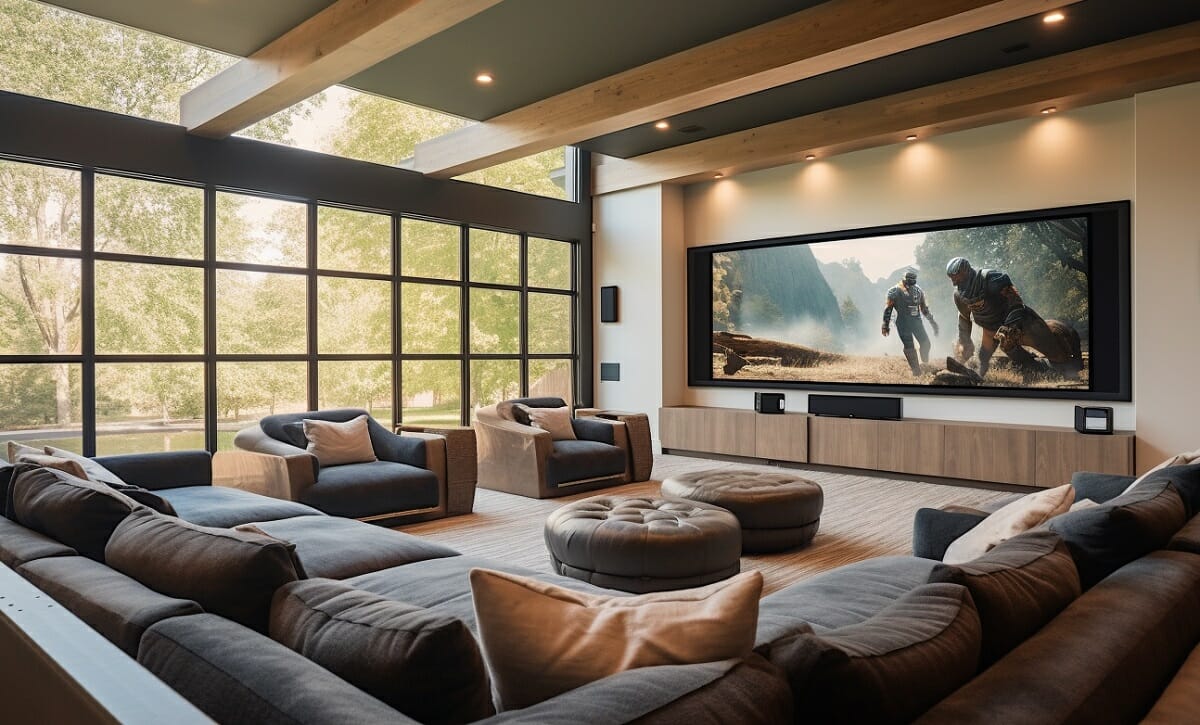
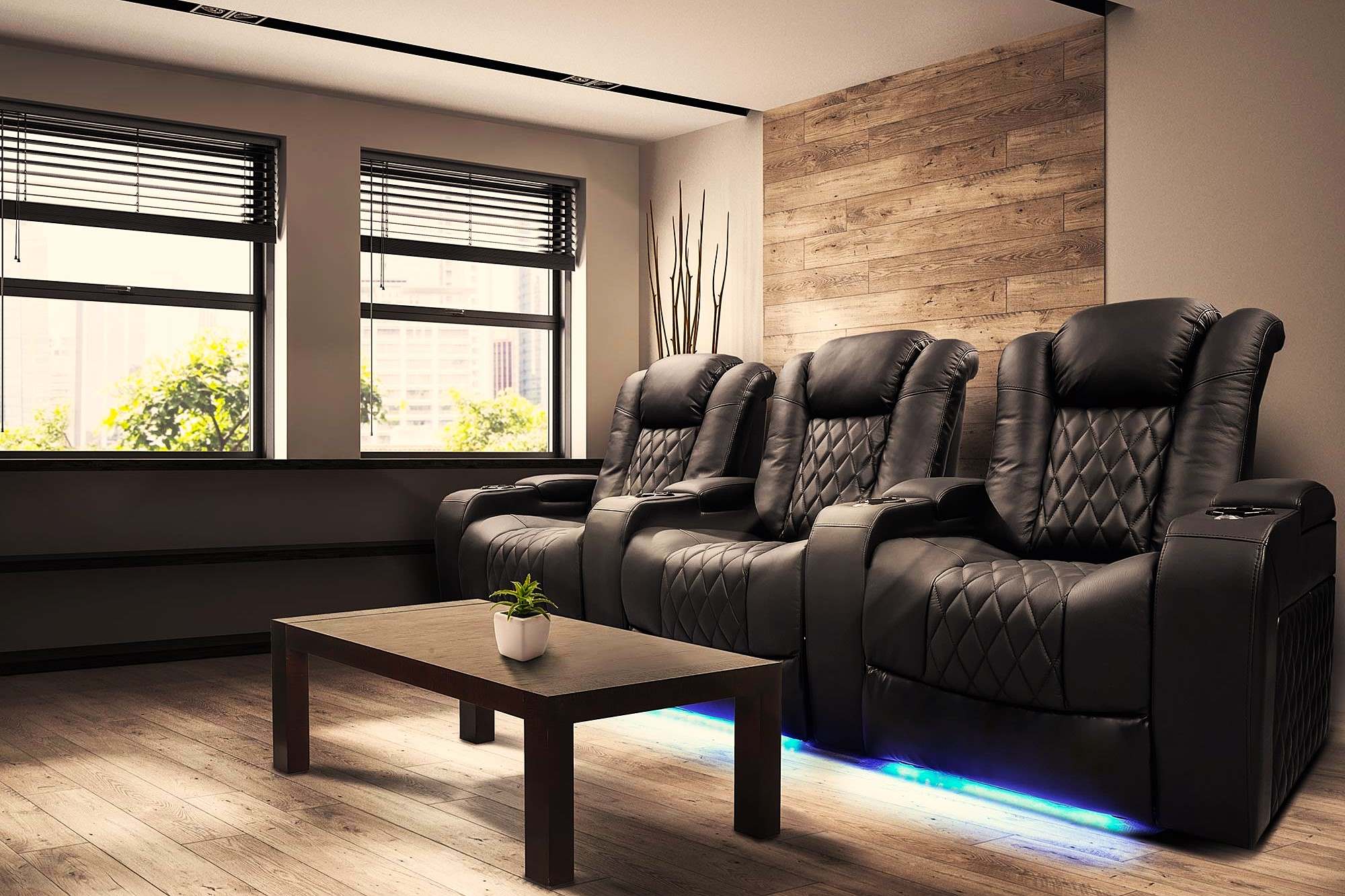
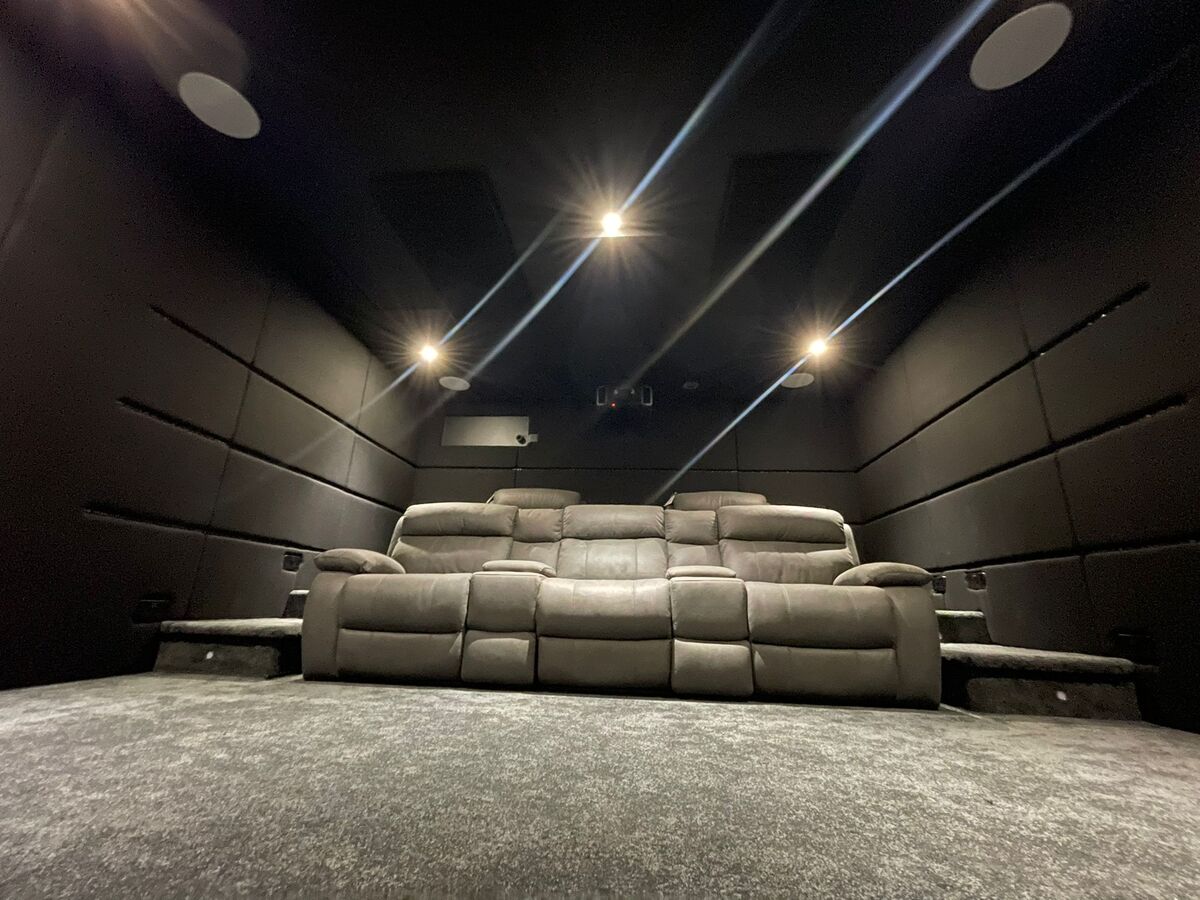
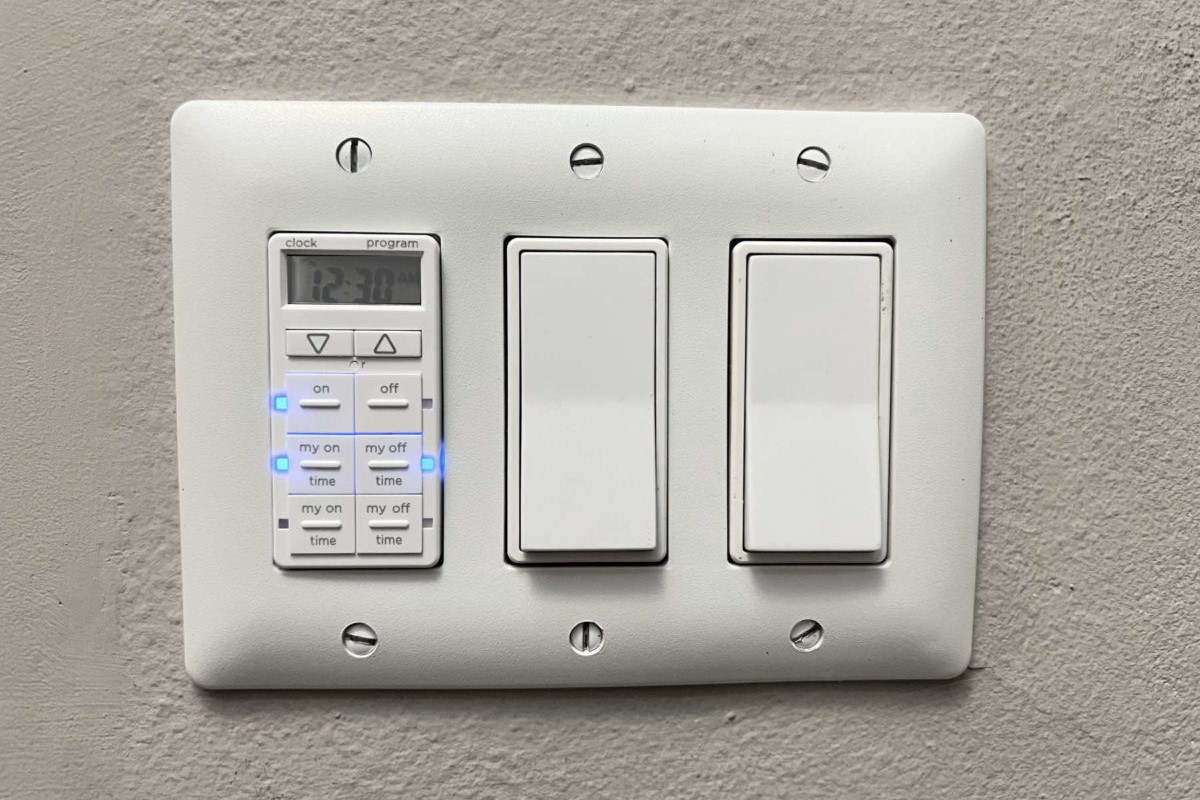
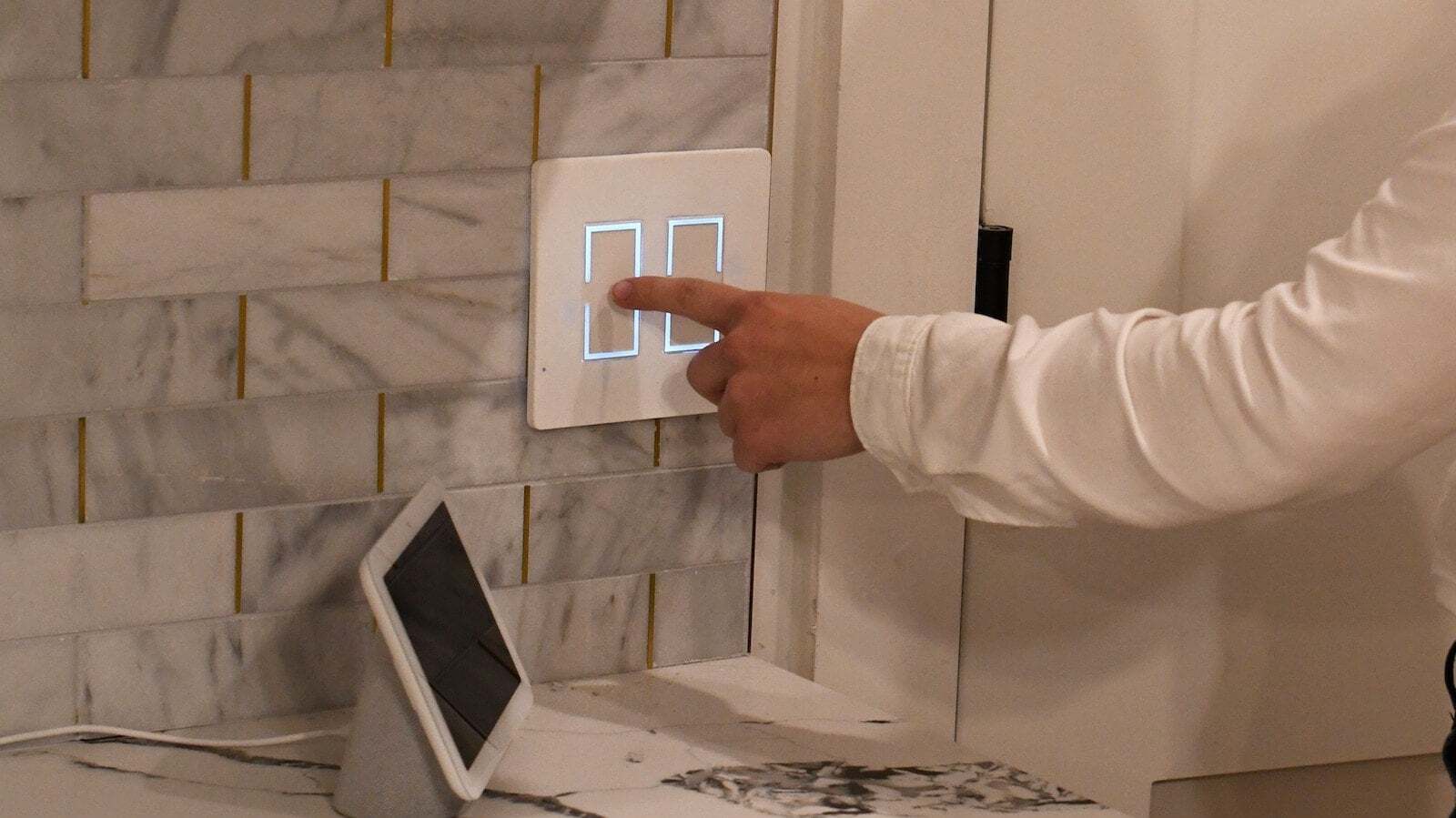
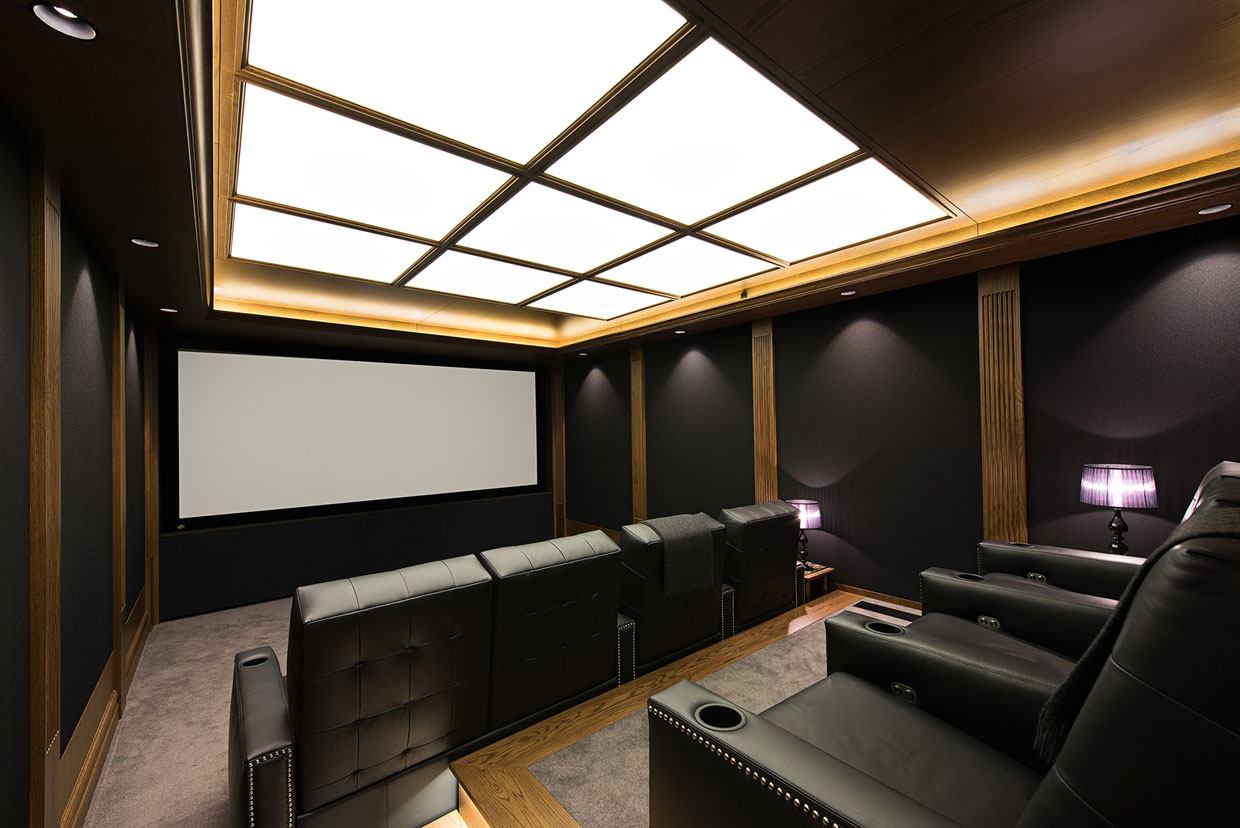
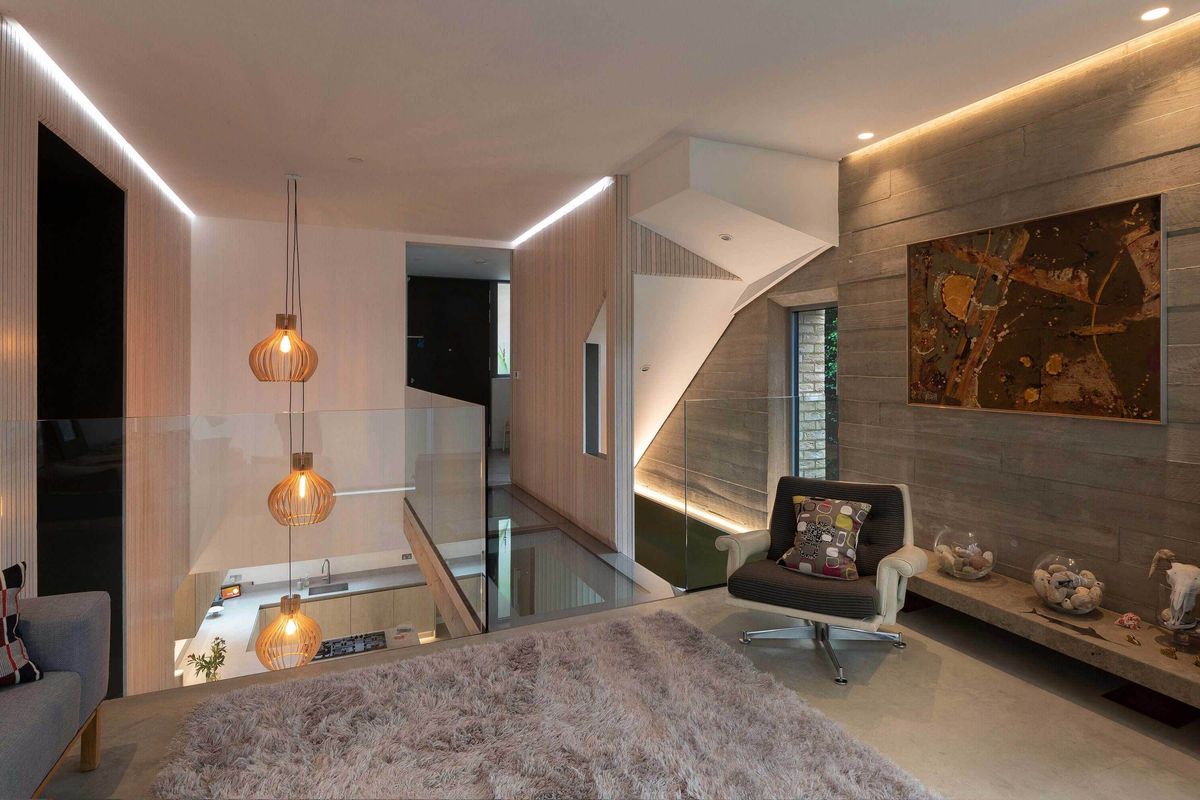
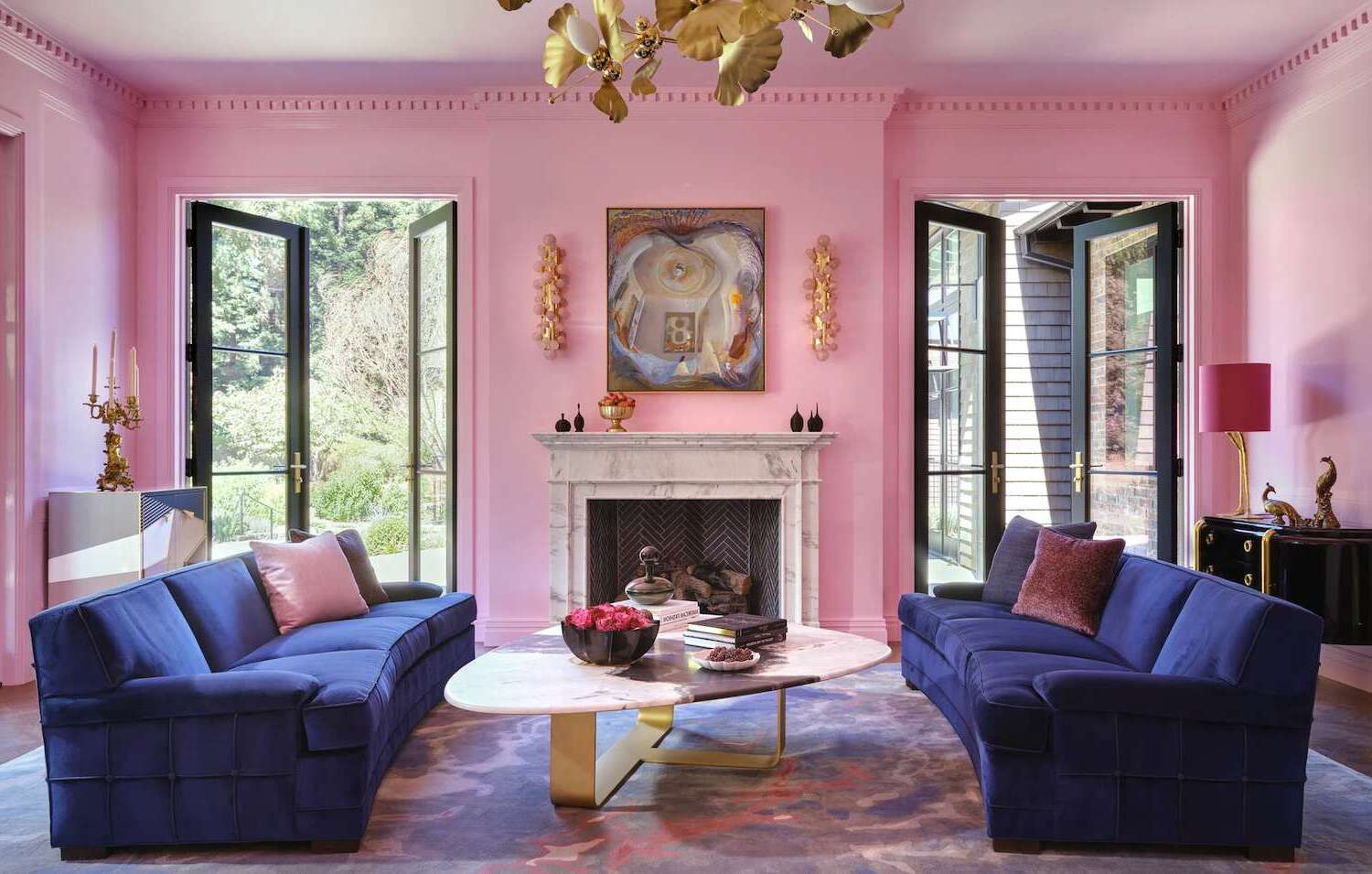

0 thoughts on “Home Theater Room Light Control: Optimize Viewing Experience”